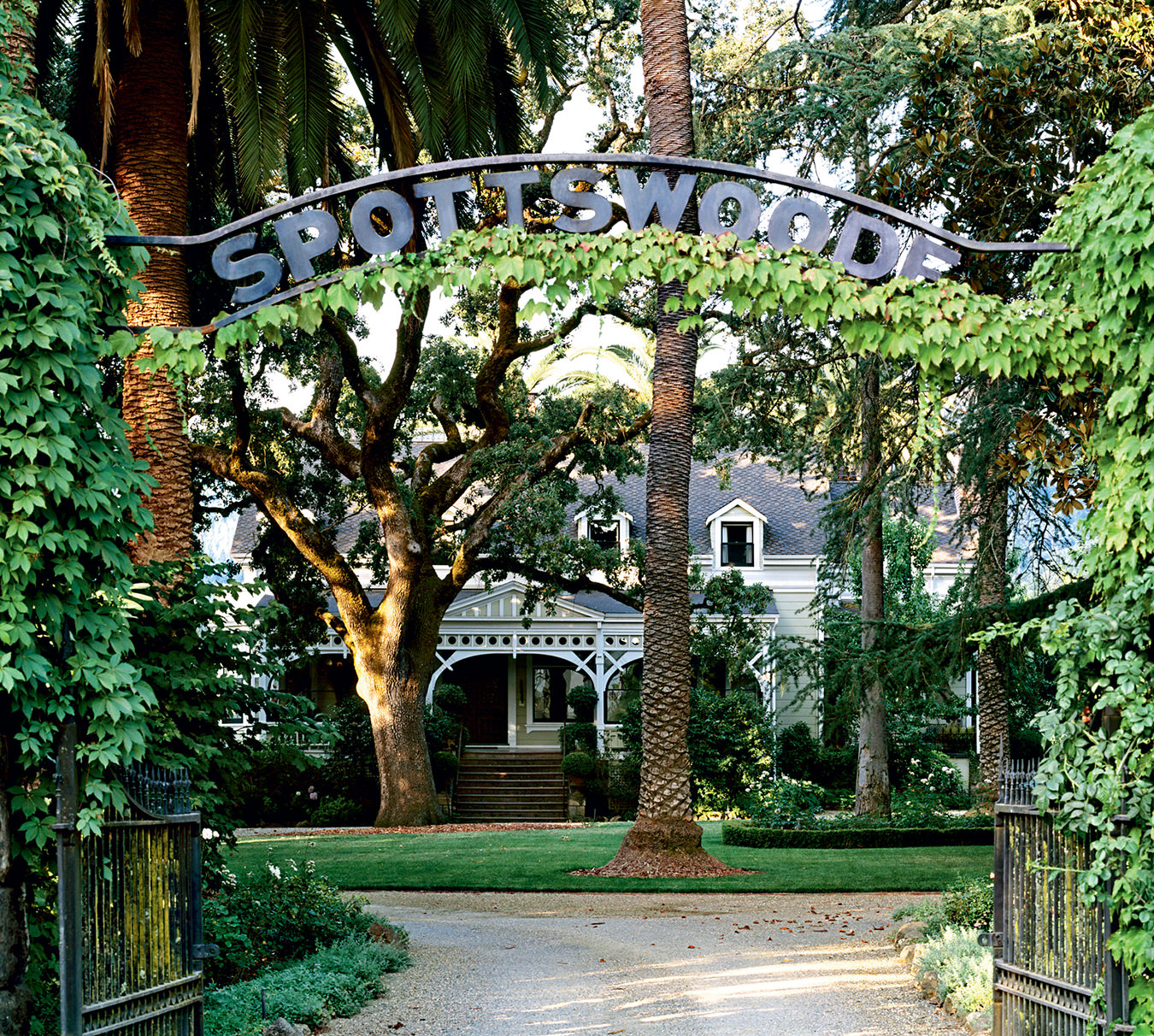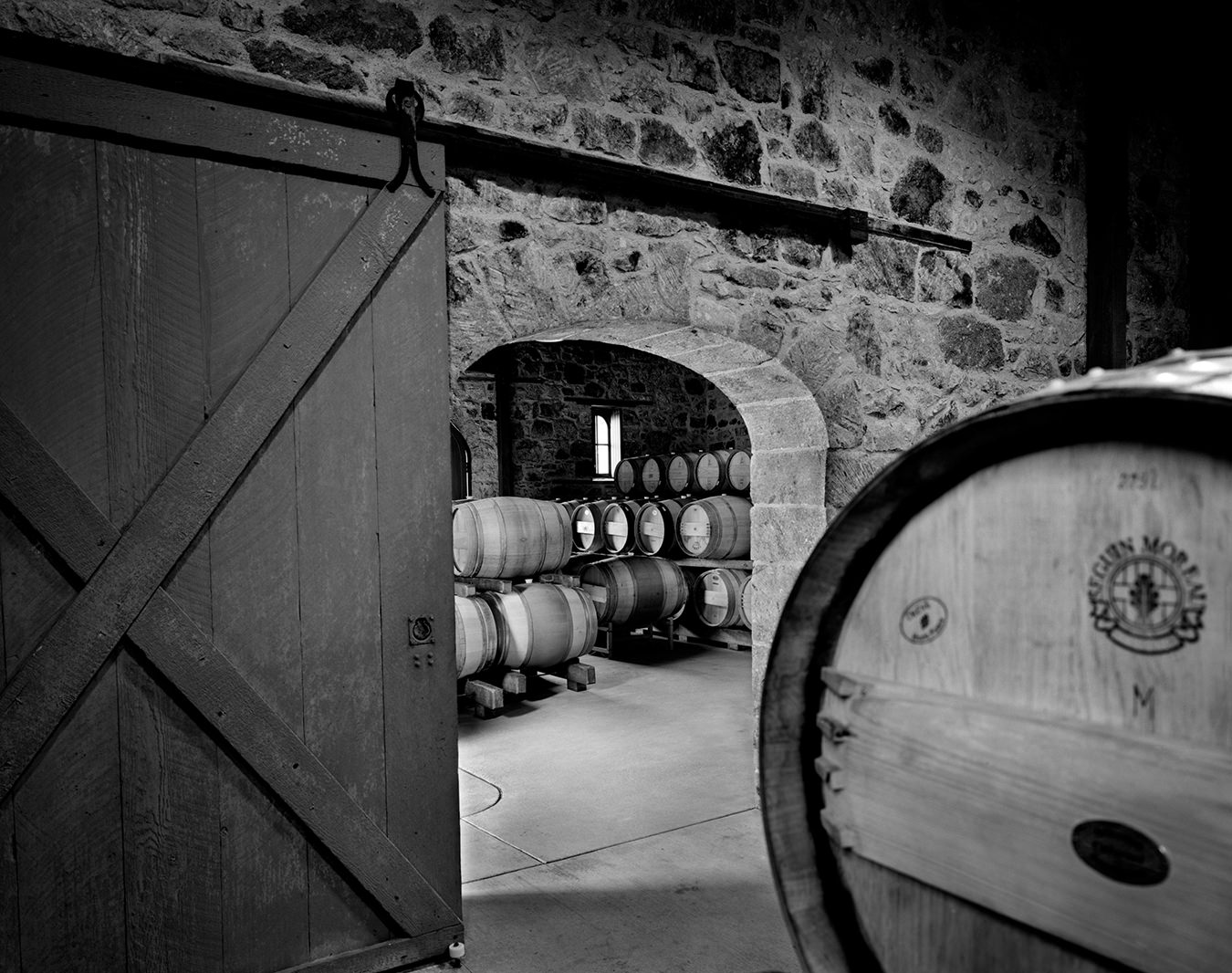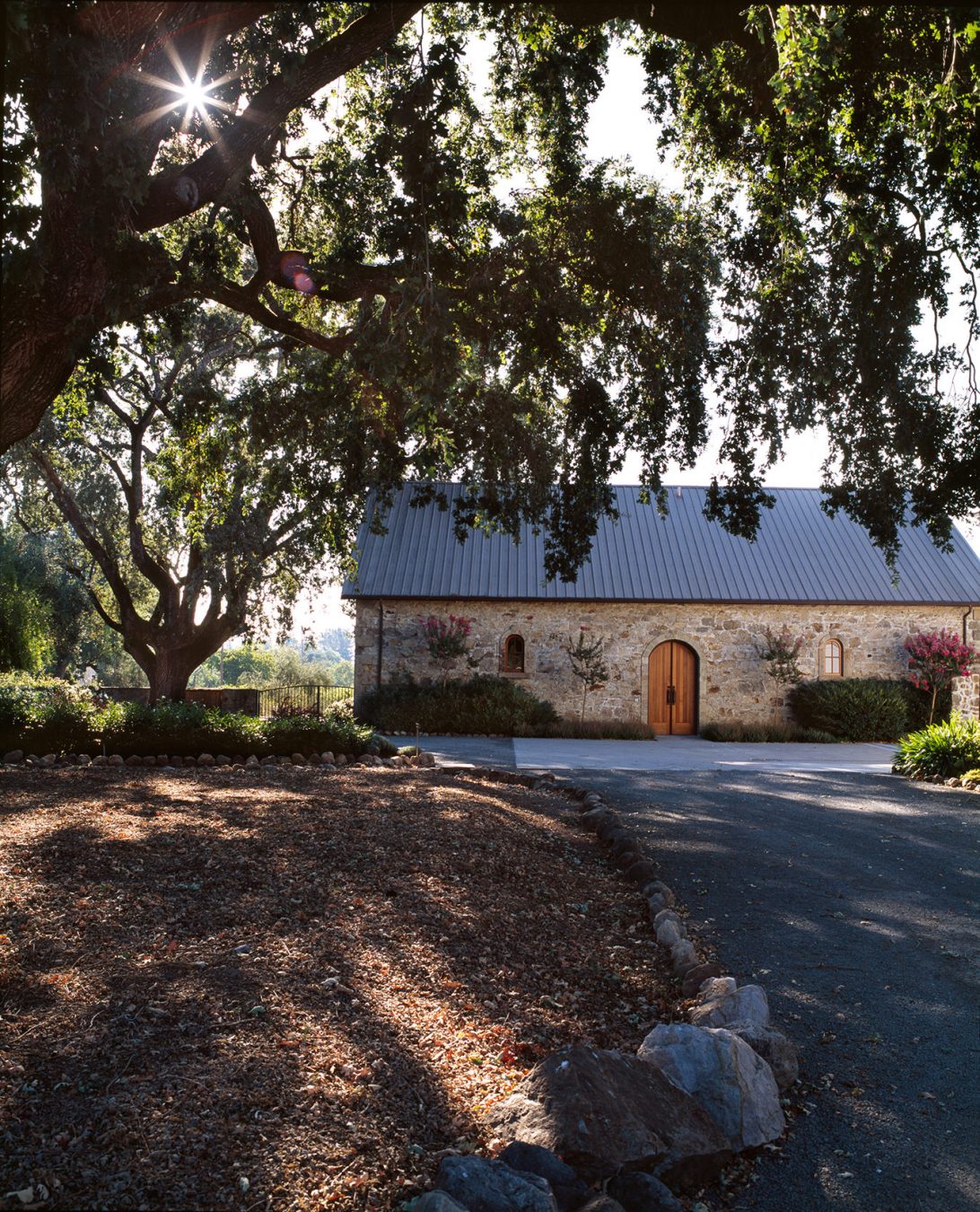It’s been 27 years since Beth Novak Milliken returned home to help her mother run the family’s famed Napa Valley wine estate—Spottswoode. The mid-town, St. Helena wine jewel (turn left off Highway 29 at the Chevron Station) wasn’t always a big-time cabernet sauvignon producer. Hard work, persistence, and fortitude have paid off for the Novak family.
Taking on new challenges has been part of the family mantra since 1972, when they first packed up the Ford LTD station wagon—the one with fake wood siding—and drove up the I-5 from San Diego to Napa Valley. Back then Dr. Jack and Mary Novak were looking for a lifestyle change in a rural environment to raise their burgeoning family of five. Novak Milliken laughs when she says, “My parents knew nothing about grape growing or winemaking when they moved to Napa. We were from Southern California, so we had every mark against us.” The vision was to make a lifestyle move to the country and raise a family. As it turns out the property they bought was on the west side of St. Helena, on alluvial soils certain to make great wine. It was pure luck for a family more likely to have sipped Mateus or margaritas than to drink the icon wines of Napa, let alone make one. In fact Novak Milliken, lovingly says “I am thankful my father was a doctor, because if he had ever pencilled anything out on paper they never would have made the move to Napa.”
When the couple purchased the rundown, 31-acre estate, established in 1882 by George Schonewald and christened Spottswoode by Mrs. Albert Spotts back in 1910, there was no shortage of work to be done. After restoring the original Victorian home and replanting and expanding the pre-Prohibition-era vineyard to 46 acres, the Novaks were out of money. Dr. Novak went back to work in the emergency room at St. Helena Hospital in Napa before dying unexpectedly at 44 years of age. It was 1977, just one year after Napa Valley wine had shocked the world by winning the Judgement in a Paris tasting. Mary was left to raise the children, and was facing another big decision—to run a wine operation or to sell the property.
The former Stanford graduate and newly single mom decided to continue the business of growing and selling grapes, and according to daughter Novak Milliken, “The family sold grapes to Frog’s Leap, St. Clement, Spring Mountain, Joe Heitz, and ultimately the Shafer and Duckhorn families, who later encouraged mom to make her own wine.” In 1982, noted Napa Valley wine consultant Tony Soter (Etude) was hired to make the first wine. After just a couple of vintages, the family suggested he might look after the farm and grow the fruit to get the best results. He realized he was, in fact growing and making wine already, so he agreed. By 1992 the vineyard was farmed and certified 100 per cent organic by CCOF, something few vintners in America could claim at the time.
Novak Milliken says the vines have been lovingly tended at Spottswoode because when you grow organic you have to think long term. When you see a deficiency, it takes time to turn things around; you have to be patient and know that it is going to take a long time to get there. At Spottswoode, water is relatively abundant, but they are preparing for less water by conditioning the vineyard to send its roots deeper in search of water. This will ultimately allow them to survive even the worst droughts.
Today, Spottswoode stands among a handful of renowned, estate-grown cabernet sauvignon producers in Napa. Since the original 1982 release, there have been some great wines made at Spottswoode, but never a lot of wine. The numbers have fluctuated over the years, but the annual output is rarely more than 3,000 cases, with a maximum production of 4,000, a tiny amount by Bordeaux standards. At a recent vertical tasting going back to 1984, the first year cabernet franc was added to the blend at Spottswoode, it is abundantly clear the wine is among the most elegant cabernet sauvignons made in Napa Valley. The vineyard is warm but not overly hot. The soil is a mix of cobble stones, because an old river bed runs through the site, while up in the back acres clay and loam rule. Yields have gone down since the 1980s when four-plus tons to the acre was normal. Now the yields are down to 3.5 to four tons per acre.
The 1995 is in a beautiful place, showing so much bright fruit and finesse and drinking perfectly now, while by comparison the 1999 is tighter and closed in, you could leave it alone for another decade. 2002 was a warmer year and is ready to drink now. Even in warm years, the Spottswoode style is one of finesse and elegance, eschewing power for balance. We love the five or six per cent added cabernet franc for its aromatic notes and structural qualities. We finished with a series of young wines not near ready to drink. The 2005, dense and brimming with red fruit character; a brooding, elegant 2007 both elegant and seamless and destined for greatness in the bottle; the powerful 2009; and the pinnacle, 2010, awarded 100 points by Robert Parker’s The Wine Advocate.
“When you own a family winery like ours, the cellar is like a photo album, each vintage of our Spottswoode Estate Cabernet is a picture of a year in our family’s life,” says Beth Novak Milliken. From zero to 100 in 28 years makes for a very beautiful picture.












